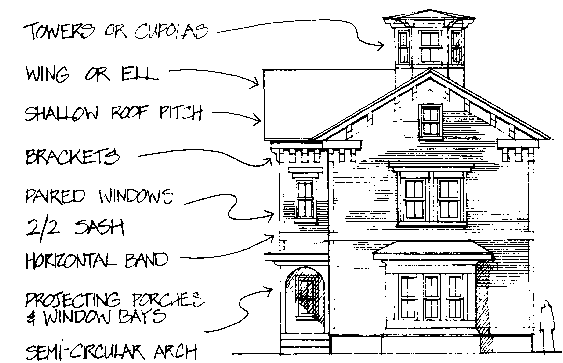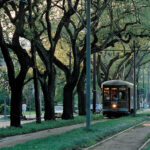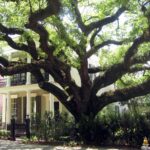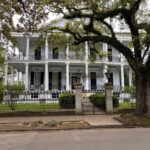Architecture of the Garden District pt 2
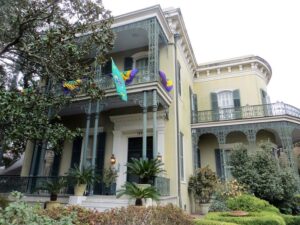
Italianate
When you take a walk in the Garden District, you’ll notice how the wonderful enormous homes all have their particular flavor. Understanding the elements that make the houses so fantastic provides a deeper appreciation for the area. Different aspects can be grouped together depending on the architectural style of the mansions.
Mikko Macchione
Tour Guide with Unique NOLA Tours and Author of books about New Orleans.
It’s important to understand the rich guys and girls that built up the Garden District were proud Americans. The 1830s and 40s were a time of optimism for our new-ish country. They were making money and basically were building monuments to themselves.
At that time there was a real love affair for the grand statements of Renaissance Italy. So there are a nice array of examples of what is called Italianate Architecture.
Italianate features imposing characteristics to display the wealth and power of the people who built these homes.
First Italianate has large features – tall narrow windows, big doors, big spaces between them. The house is meant to intimidate the viewer.
A second sign of this style is the front is usually non-symmetrical. This is from the old villas back in rural Italy. A final feature of this style is the overhanging eaves with substantial supports of corbels or dentils.
Some experts feel that lacey ironwork, which was developed around the time of the popularity of Italianate could be a characteristic as well.
An example of Italianate architecture is Colonel Short’s Villa at the corner of Prytania and Fourth Streets. It has the non-symmetrical front with the tall narrow windows and big spaces between windows and doors. The most stunning aspect of the house is the cast iron cornstalk fence. There are many local legends about why the cornstalks were chosen, but the most sensible reason is that corn is an American grain, easy to grow and a symbol of prosperity. Nonetheless, you will still hear guides (from other companies) talk about how it was installed because the Colonel was married to a woman from Iowa. One detail to point out – the house was built in 1859 – they didn’t start growing corn in Iowa until the late 1880s
